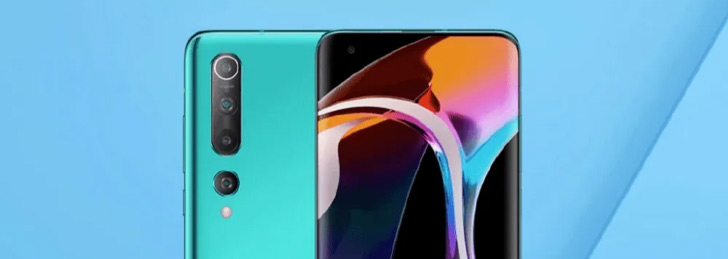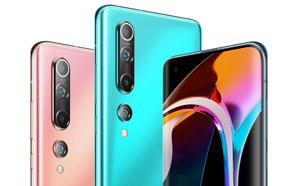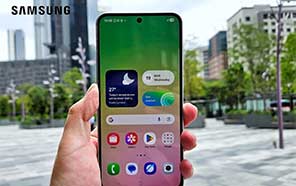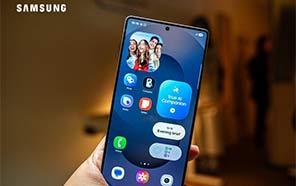After a long wait, Xiaomi has finally announced the most anticipated Mi 10 and Mi 10 Pro. The event was held exclusively online due to the present threat caused by the Coronavirus outbreak. Although the Xiaomi Mi 10 and Mi 10 Pro share the same Snapdragon 865 processor, the 90Hz curved AMOLED screen and the 108MP main lens, there are things that make the Pro version more desirable.
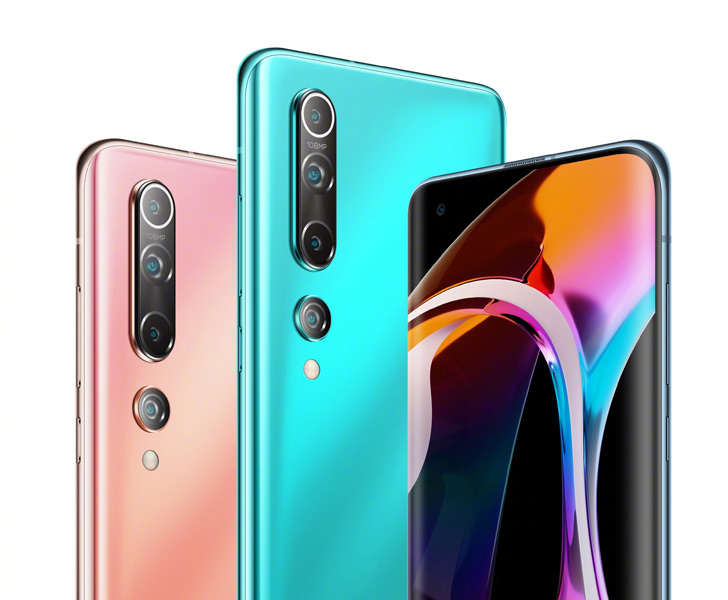
Both the Mi 10 and Mi 10 Pro are equipped with a 6.67-inch AMOLED display with curved screen edges, providing a refresh rate of 90 Hz. The screen resolution is Full HD+ at 2340 × 1080 pixels. As an interesting detail, the duo packs two light sensors instead of the usual one, which should improve the automatic brightness control of the screen. At max, the brightness can reach whopping 1,200 nits.
The 90 Hz refresh rate is a bit of a surprise though as Xiaomi's Redmi K30 phones and Poco X2 have better 120 Hertz screens. The higher screen refresh rate makes the screen look smoother as the screen content refreshes more than the usual 60 times per second.
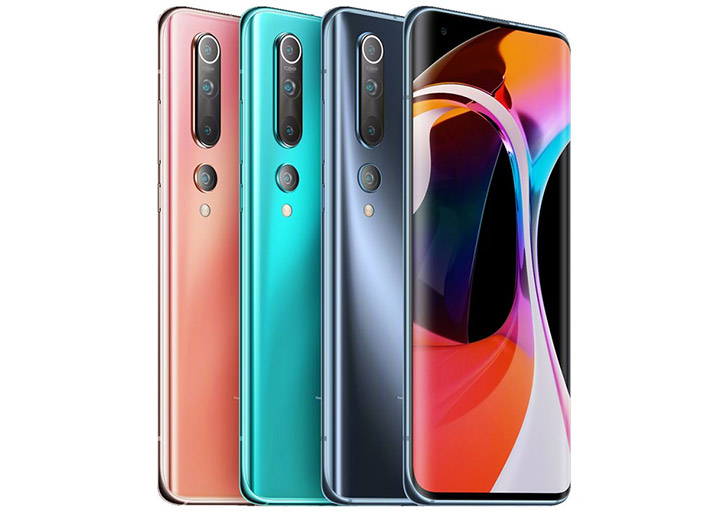
The Xiaomi Mi 10 Pro features four cameras, a 108MP main camera with f / 1.69 aperture and optical image stabilizer, a 20MP ultra-wide-angle lens with f / 2.2 aperture, a 12 MP 2x optical zoom camera with f / 2.0 aperture, and an 8MP optical zoom sensor with f / 2.0 aperture and optical image stabilization. In addition, the Mi 10 Pro comes with laser autofocus. The cameras have 35mm equivalent focal lengths ranging from 16mm, 25mm, 50mm and 94mm from the ultra-wide-angle camera.
The Mi 10 do have the same 108-megapixel main camera but otherwise has a more modest camera coverage: a 13 MP ultra-wide-angle camera with f / 2.4 aperture and two 2 MP cameras with f / 2.4 aperture, a macro, and a depth sensor. The Mi 10 also lacks laser autofocus.
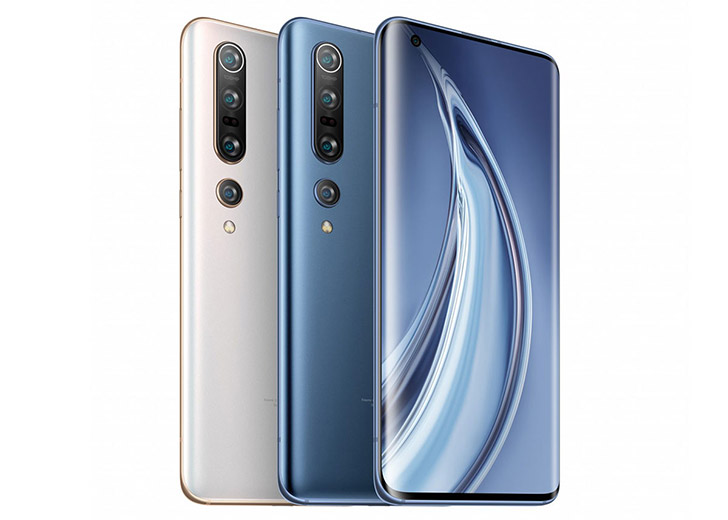
The 108 megapixel Samsung ISOCELL Bright HMX camera sensor used by Xiaomi Mi 10 phones is different than one on the Samsung Galaxy S20. The key difference is that Xiaomi uses a pixel binning of 4-in-1, which means that images are saved at a default 27MP image size, whereas the Galaxy S20 combines 9x to 1 pixel resulting in 12-megapixel image size with larger pixel size.
The Mi 10 also supports 8K video recording. DxOMark has already announced that Mi 10 Pro scores 124 points in total, up to the top spot from the phones tested so far. The 20-megapixel front camera on Mi 10 phones comes in the punch-hole, located at the upper left corner of the screen and the fingerprint reader is also embedded under the display.
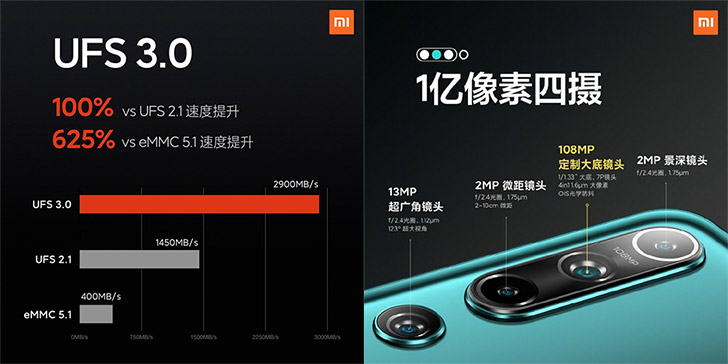
Both Mi 10 & Xiaomi Mi 10 Pro feature Qualcomm's new Snapdragon 865, which also represents their cutting edge processing power. In addition, the phones use the latest and much faster LPDDR5 RAM memory. along with the speedy UFS 3.0 Storage.
The Mi 10 Pro supports a 50w quick charge, while the Mi 10 is limited to just 30 watts. The Mi 10 Pro has a battery capacity of 4,500 milliamps while the Mi 10 has a slightly higher capacity of 4,780 mah. Both phones support 30 watts wireless charging and 10 watts reverse wireless charging, i.e, sharing power to other devices.
Other features include Wi-Fi 6 support, stereo speakers, and USB-C. Both the Mi 10 and the Mi 10 Pro measure of 162.6 x 74.8 x 8.96 millimeters and weigh 208 grams. The OS version of the Mi 10 phones is, of course, Android 10 with Xiaomi's very own MIUI 11 on top.
As far as the Xiaomi prices are concerned, the most basic Mi 10 8GB/128GB variant comes at 3,999 yuan or just under 89,000 PKR without taxes. The Mi 10 Pro is even more costly and the basic 8Gb/256GB variant bears a Xiaomi price tag of 4,999 yuan or about 110,000 Pakistani rupees without taxes.
